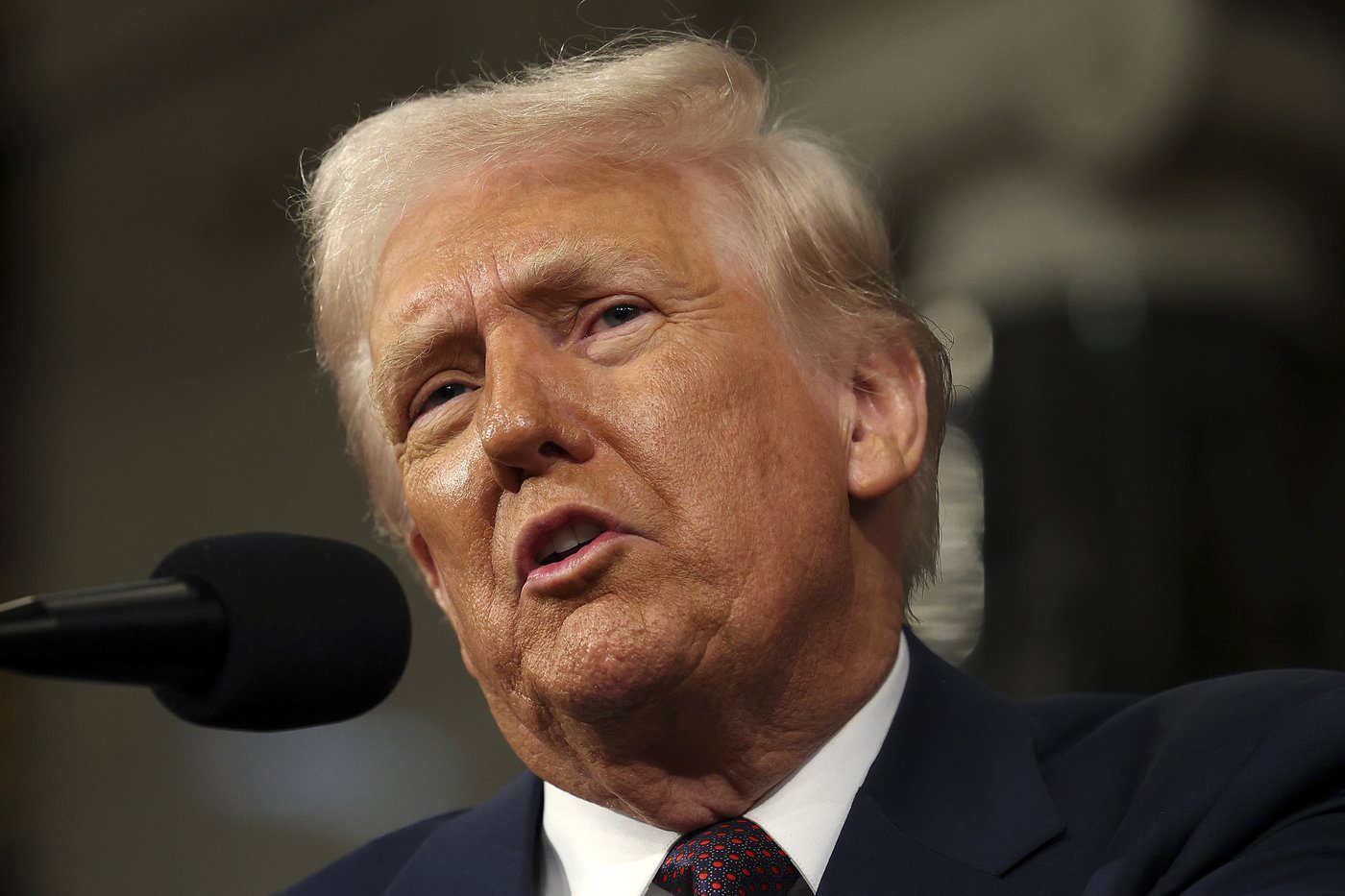Many people are tired of hearing anything related to U.S. President Donald Trump and tariffs. While it’s no secret that he was going to use them in some fashion, no-one would have expected the insane rollercoaster ride we’ve been on.
Trump announced a series of tariffs during his first presidential administration, including 25 per cent on steel and 10 per cent on aluminum products between June 2018 to May 2019. Since his return to the White House, he’s imposed a 10 per cent tariff on China in February – and recently increased it to 20 per cent. He brought back the Section 232 tariffs on steel and aluminum in February, setting them both at 25 per cent. He’s also threatened to impose 25 per cent tariffs on the European Union.
The biggest target of Trump’s tariffs has been in North America.
The President warned about forthcoming 25 per cent tariffs on all Canadian and Mexican products last November. He originally planned for them to start on Feb. 1, but delayed things for one month after Canada and Mexico agreed to curb illegal immigration and illicit drugs like Fentanyl at the border. Trump wasn’t content with the progress made by either country, and implemented the tariffs on March 4. They were walked back on March 6 for all United States-Mexico-Canada Agreement products.
The tariff tête-à-tête between Canada and the U.S. has been the coup de grâce. We don’t have to go through all of the gory details, since there are many timelines available. It’s certainly been a strange saga that has featured Trump’s support for Canada becoming the 51st U.S. state and needling Prime Minister Justin Trudeau by repeatedly referring to him as “Governor.”
In this week’s chapter, Ontario Premier Doug Ford went through with his 25 per cent tariffs on electricity for several northern U.S. states on Monday in spite of Trump’s decision to walk back his tariffs. Trump was furious, and announced on Truth Social on Tuesday that he had “instructed my Secretary of Commerce to add an ADDITIONAL 25% Tariff, to 50%, on all STEEL and ALUMINUM COMING INTO THE UNITED STATES FROM CANADA, ONE OF THE HIGHEST TARIFFING NATIONS ANYWHERE IN THE WORLD.” This was scheduled to go into effect on Wednesday morning.
Ford continued to appear on U.S. TV networks on Tuesday to discuss his tariffs. He was also scheduled to speak with Trump’s Secretary of Commerce, Howard Lutnick. The meeting went rather well. “Secretary Lutnick agreed to officially meet with Premier Ford in Washington on Thursday, March 13 alongside the United States Trade Representative to discuss a renewed USMCA ahead of the April 2 reciprocal tariff deadline,” according to a joint statement. “In response, Ontario agreed to suspend its 25 per cent surcharge on exports of electricity to Michigan, New York and Minnesota.”
In turn, Trump decided not to go through with his doubling of steel and aluminum tariffs. “As you know, there’s a very strong man in Canada who said he was going to charge a surcharge or tariff on electricity coming into our country,” the President told reporters on Tuesday afternoon. “He has called, and he’s said he’s not going to do it. He’s not going to do it. And it would have been a very bad thing if he did, and he’s not going to do it. So, I respect that. But we were just informed that he’s not going to do that.” Although Trump never mentioned Ford by name, it was obvious who he was speaking about.
Will this sequence of events bring the tariff brouhaha to a conclusion? It’s difficult to say, but it’s the most promising development since Trump returned to Washington. We’ll know soon enough.
What would William McKinley have thought about Trump’s tariffs? He served as U.S. President from 1897-1901, and was the first American politician to use tariffs as a political tool.
When McKinley was a Republican House Representative from Ohio, he framed the Tariff Act of 1890, also known as the McKinley Tariff. It raised the import duty on items like tin-plate and wool to nearly 50 per cent. He believed it would help protect U.S. industry and blue collar workers from foreign companies and global competition. The McKinley Tariff was replaced by the Wilson–Gorman Tariff Act in 1894, which reduced the high tariff rate by a small margin and introduced America’s first peacetime income tax rate.
“McKinley assumed the presidency with a clear sense of his premier priority: establishing a Republican-style tariff policy that could meet the country’s revenue needs and boost economic growth,” Robert W. Merry wrote in President McKinley: Architect of the American Century. A tariff campaign was launched within two days of his inauguration. Yet, in an intriguing turn of events, things quickly shifted in a vastly different direction.
McKinley’s “trade philosophy had evolved” over the years. He realized “America’s burgeoning industrialism was outstripping American consumer demand,” and barriers to trade weren’t as desirable as they had been when he was in Congress. He saw a “dawning era with America playing a big role in global trade” and agreed with a bill initiated in the House Ways and Means Committee in which a “more moderate approach would serve the country better in the new industrial era of global markets.” McKinley “wasn’t a man of vision,” Merry noted, but he was a “man of perception who saw clearly the major developments of his time.”
If McKinley, the father of the U.S. tariff, could evolve into a supporter of reciprocity and “free-trade tariffs,” is it possible that Trump, who tends to support free markets and private enterprise, could leave his tariff threats behind? Time will tell if we can finally put the rollercoaster into storage.
Michael Taube, a longtime newspaper columnist and political commentator, was a speechwriter for former Canadian prime minister Stephen Harper.






